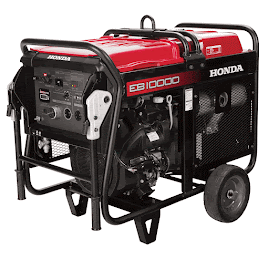How to Keep The Cold Press Juicer for Maximum Performance
The latest cold press juicer truly is a technological marvel that combines precise components in perfect harmony to produce the most fantastic job at the most dynamic of the elements: the product we want to juice. Imagine a machine that can do a great job of in juicing cucumbers and does the same for making a root vegetable such as ginger. Juicers have developed over the past few years, allowing us to have flexible and satisfying machines to work with. However, they require maintenance and cleaning to ensure they look good and functioning like they did when they were brand new. Therefore, let me take care of the first step of cleaning your juicer.
After you've been using your juicer for a couple of months, you'll realize that there's nothing as more sticky and staining than the mineral-rich residue that is left behind after you juice root vegetables as well as leafy greens. The most likely causes of juicer staining are beetroot and carrots, due to two reasons. Carrots are extremely popular as a juicer staple, and beetroot is dark red that can stain and stick to whatever it comes in contact with.
Our suggestion for cleaning stained components of the juicer is this: take off all rubber wiper blades made of silicone and seals as well as bungs. After that, put parts in an emulsion comprising boiling water, and 2 tablespoons bicarbonate soda per one litre of water. Allow the components to soak overnight and then scrub the parts of the juicer using a hard washing brush. You should purchase brushes with bristles that are at different angles or extend from the top of the brush, so that they be covered at minimum 90 degrees of the brush. This can help remove the staining out of all places and crevices of the juicer. I also employ Q tips or cotton buds to clean the tighter parts of the juicer, where the brush cannot reach.
The majority of modern cold press juicers make use of stainless steel reinforced with plastic perforated screen for juicing. This is the portion that does the heavy lifting as the fruit is pressed into it using the auger's rotating. The screen that is used for juicing will become stained, with mineral deposits that build up within the perforations, and fibers that get stuck in the perforations, too. Juicer components are generally not suitable for use in the dishwasher since the heat generated by the dishwasher can cause wear and failure of the component.
I take on the task of deep cleaning the screen for juicing by gently rubbing the device using a suede brush within and out with the solution of bicarbonate soda. The bristles that are yellow on the suede brush penetrate perforations, releasing the fibres and deposits, leaving the juicing filter as clean as new. Also , if you juice lots of carrots, the stainless steel develops the color of yellow, this is normal and can be reversed using the method of cleaning described in the previous paragraph.
Cold press juicers can also be known as Masticating Juicers. They are driven by a slower motor than the centrifugal models. They are equipped with single or two augers, or gears that run the machine. In contrast to other types of juicer cold press juicers crush the fruits and vegetables in order to get the juice. Alongside soft vegetables and fruits, cold press juicers can do excellent job of juicing fibrous vegetables, such as wheatgrass, kale and spinach.



Comments
Post a Comment